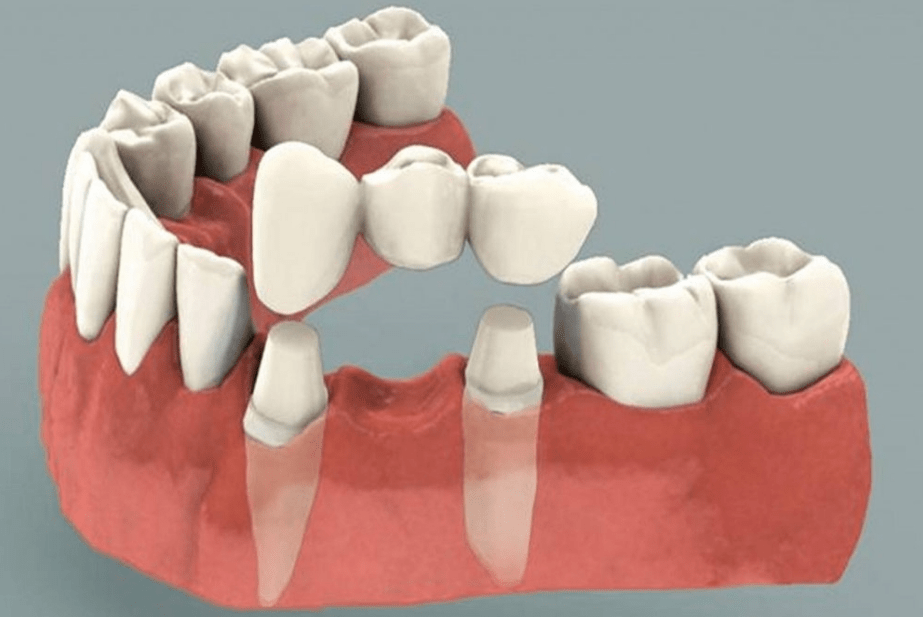
Crown and Bridge Treatment from a Cosmetic Dentist
A cosmetic dentist utilizes crown and bridge treatment to repair cracked or missing teeth.
What are Crowns and Bridges?
A crown, or a “cap,” fits over an existing tooth. It requires restoration due to deep decay, a fracture, or a crack. At least three units make up a bridge: two crowns (abutments) fused to a pontic, or fake tooth, that replaces a missing tooth.
Signs You Need Crown and Bridge Treatment
During an examination, Dr. Bandi will evaluate for crown and bridgework. If the following signs/symptoms are present, we will recommend restorative work.
Signs a Crown Is Needed
- A cracked tooth without symptoms
- The patient experiences sensitivity to bite pressure and temperature, particularly the cold
- Deep decay. Once the dentist removes the decay, there will not be enough tooth structure left to support a filling.
- The patient has had or needs root canal treatment
- The tooth has a large silver (amalgam) filling that is breaking down
Signs Patients Need a Bridge
- The patient is missing one or more teeth
- The patient has a removable partial denture but wants a more permanent solution
Crown and Bridge Benefits – What Patients Need to Know
Crown and bridgework are important parts of cosmetic dentistry.
Benefits of Dental Crowns
- Reduces pain/sensitivity caused by a cracked tooth
- Prevents a crack from progressing and damaging the nerve of the tooth
- Improves the aesthetics of damaged teeth or those with larges silver fillings
- Improves occlusion (the bite) to prevent or ease pain from TMJ disorder
Benefits of a Fixed Bridge
- Promotes a balanced bite, reducing the risk of excess stress on adjacent teeth
- Allows patients to eat with ease
- Helps maintain the shape of the patient’s face
- Prevents adjacent teeth from shifting
Crowns and Bridges Explained: FAQs
Many of our patients wonder what they can expect from their appointment. We will look at the crown and bridge treatment steps before getting into some other FAQs.

With access to